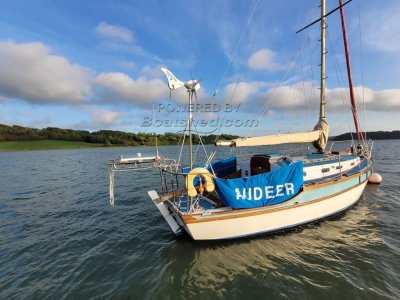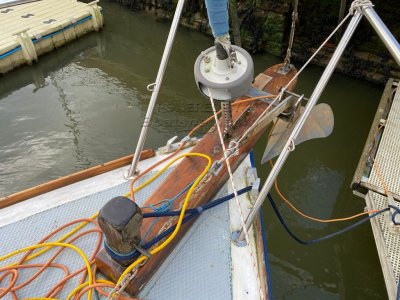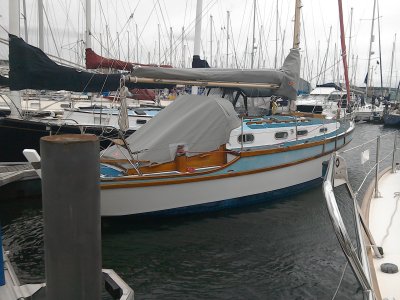noelex
Well-Known Member
You can really only discuss the role of anchor size while keeping the design and construction material the same.It may - no actually will - have greater ultimate holding power, but that does not mean you can access that holding power.
The flaw in all these arguments about increase or loss in holding power is they are expressed in terms of the holding power you are starting with NOT the potential ultimate holding power. A 50% loss in holding power for a good anchor like like a Spade will always leave you with more holding power than even the maximum holding power of a poor anchor like a CQR given equal conditions.
I think the point you are making is that good anchor design is important. I would wholeheartedly agree, select the the best anchor design you can.
Last edited:





